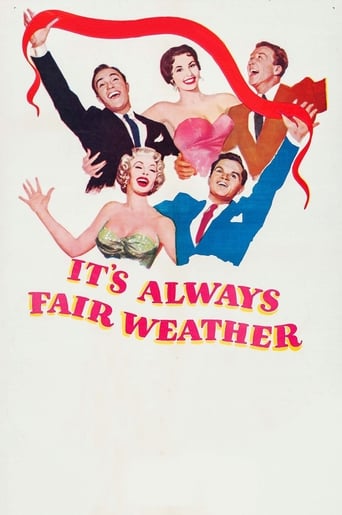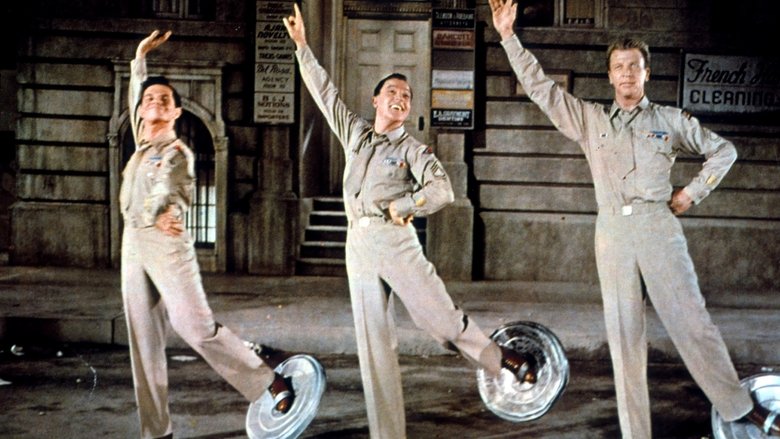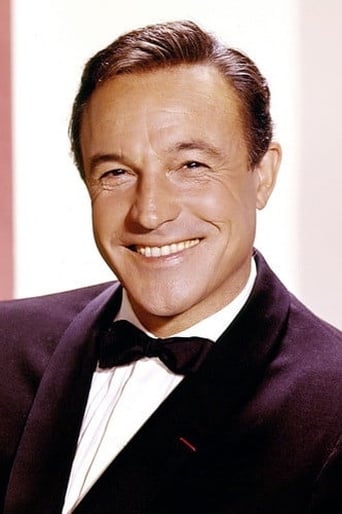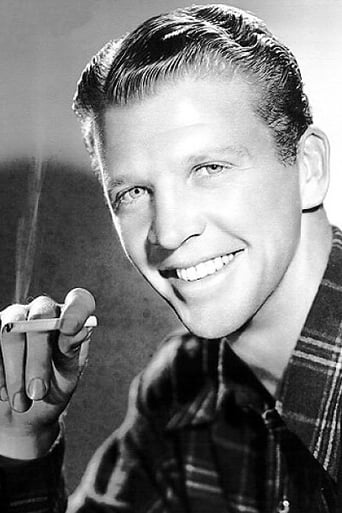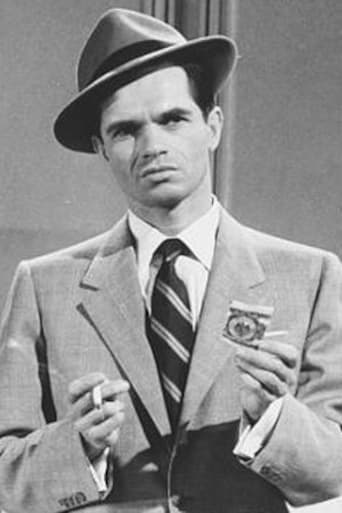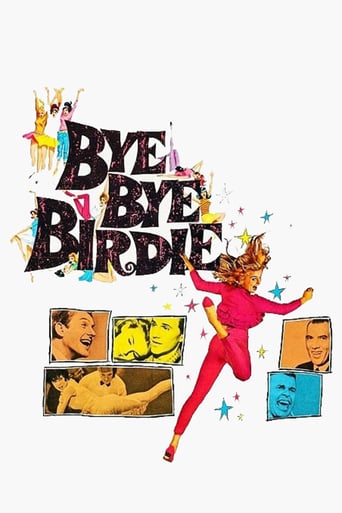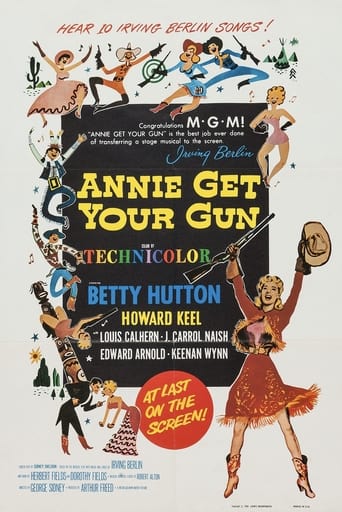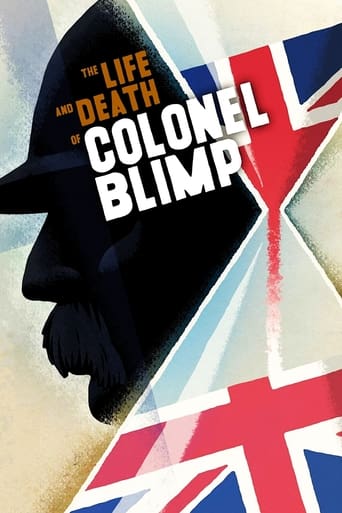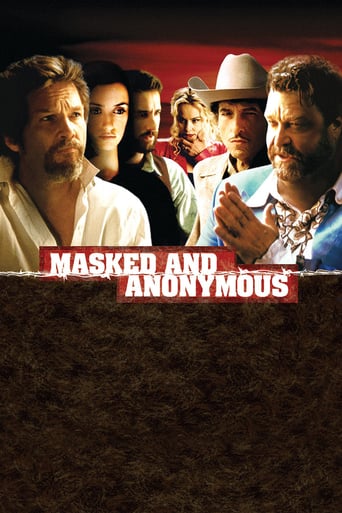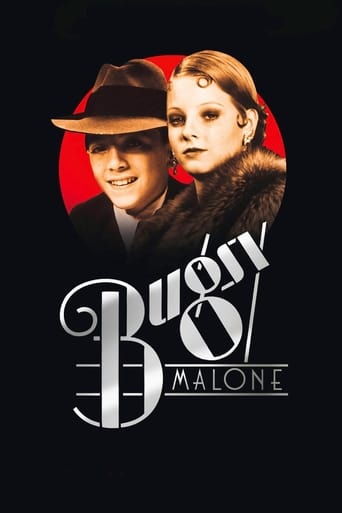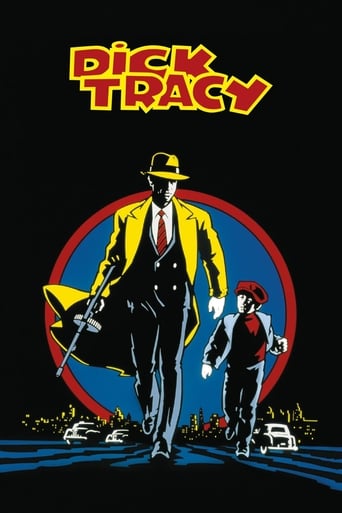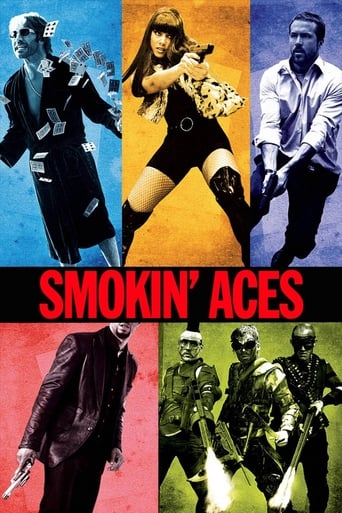It's Always Fair Weather (1955)
Three World War II buddies promise to meet at a specified place and time 10 years after the war. They keep their word only to discover how far apart they've grown. But the reunion sparks memories of youthful dreams that haven't been fulfilled -- and slowly, the three men reevaluate their lives and try to find a way to renew their friendship.
Watch Trailer
Cast


Similar titles
Reviews
Yawn. Poorly Filmed Snooze Fest.
If you don't like this, we can't be friends.
best movie i've ever seen.
I like movies that are aware of what they are selling... without [any] greater aspirations than to make people laugh and that's it.
For a guy like me who can't dance his way out of a closet, musicals like this are a guilty pleasure. The choreography is great-- flying feet, trash can lids, roller skates—is there any step Kelly can't do. I especially like the boxing gym with its unlikely array of chorus boys. But it's got nothing on Kelly's solo glide over city streets. Nonetheless, Dailey and Charisse appear under-used; this really is a Kelly showcase, which is plenty. Musicals, of course, were right up MGM's alley. Their lavish production budgets could fill up a screen. Here it's a mesmerizing sample of candy-box colors, along with a Cinemascope canvas to color on. But catch the storyline. It's a little on the dark side for a bon-bon like this. Our three musketeers return from WWII great buddies, swearing to meet again after ten years. But the decade passes and they've changed. Now they can hardly stand each other. Trouble is, as civilians, each has compromised himself. That is, Kelly fixes boxing matches, Dailey cheats inside his swanky position, while Kidd gets pretentious with his hotdog stand. What they have to do is rediscover the ex-GI's they really are. Good thing a leggy Charisse is there to help kick in. Especially for oglers like me. And what a send-up of the old TV hit This Is Your Life. An obnoxious Madeline (Gray) of "Midnight With Madeline" may make you turn off your sets at 9pm, and none too soon.Anyway, the 100-minutes is a delightful way to pass a slow evening, and even made me want to give the closet another try.
My observations: First of all, you know that my favorite movies are song and dance, with costuming, hair and makeup other favorite areas of critiquing. This movie does not disappoint.Gene Kelly tap dancing on roller skates is one of my favorite dance scenes of all time. I love tap dancing AND roller skating, plus ice figure skating. I do all three.I loved Cyd Charisse's dance with all the boxers, starting with the fight manager who sang and danced with Cyd. Those boxers could dance, and sing, too, and quite well. Who'da thought it? Cyd's dressy clothing was a colorful contrast to their gym clothes and boxing gloves. I liked the combination of her lighter green blouse with darker green skirt. When she later put on the chartreuse jacket, it looked a little much, but at least it was a third shade of green -- and coordinated with the green blouse and skirt combination.It was good to see Dolores Gray. She did an excellent job. I just loved her slinky red outfit. I liked her diva-routine, since I felt it was a satire of real 1950s TV-radio hosts/hostesses. She held the entire audience in thrall, and I loved it when she made our three ex-GIs her guests of the evening. The walking soap-boxes reminded me of 1950s TV commercials about Chesterfield Cigarettes, when the dancers walked on wearing the giant cigarette packages and had their legs hanging out the bottom.Cyd thought Gene was a dummy, but when Gene corrected her Shakespeare she was shocked. I was waiting for him to tell her he was actually a college graduate and former law school wannabe, but he only told her about the boxing connection. She was certainly a boxing expert. He called her Einstein.I liked seeing Michael Kidd, early in the movie, with his Le Cordon Bleu cookbook. I really enjoyed his great dancing and choreography in this movie.I loved Dan Dailey in There's No Business Like Show Business, where he played the father of Donald O'Connor, Mitzi Gaynor and Johnny Ray, plus the husband of Ethel Merman. In "Fair Weather", in the 1955 sequence, he plays a disillusioned man who has the stereotypical ulcer(s) of overworked 1950s admen. As an acting student, I really enjoyed where he played drunk and danced his routine at the same time. Not a lot of actors/dancers can pull this off; acting drunk is a refined skill - not to mention successfully creating and executing the dance concurrently. Wearing the lampshade just added to the comical drunk stereotype, and I feel Dan Dailey did all of it so remarkably convincingly.Finally, in the 1945 sequence (going backward), there was way too much reliance on drinking alcohol the whole night. One writer says the three men drank at Tim's and then parted, to meet 10 years later. In actuality, they drank tons of booze, going to bar after bar after bar. Perhaps the actors actually drank iced tea or colored water, or even 1-2 sips for each different bar scene, but it was all very convincing. I thought that all three would fall on their keisters.Men in those days died in their 40s and 50s, and some lived to their 60s or even 70s+. This movie shows the 1940s-1950s strong bad habits like too much alcohol and cigarette smoking, IMO. Some of the actors died early from heart attacks. I would bet in those days that actors, as well as most people, did not get much exercise, and loved to subsist on a diet of chicken fried in lard, pork chops fried in grease, pies made with lard pie crust, tons of coffee sweetened with tons of sugar, not to mention the proverbial cigarette chain smoking and exceedingly high alcohol consumption. The Fatso guy reminds one of how men were allowed to gain a ton of weight, but women always had to "watch their figures".The makeup: Stage makeup is not just face paint or clown white, but actually hair extensions and additions. A writer said Dan Dailey was the only character aged 10 years because of his mustache (or brush, as Michael Kidd said). In my stage makeup course we tried on stage mustaches, beards, wigs, hairpieces, sideburns, all I think with a little spirit gum. Dailey's mustache looked natural.Cyd Charisse's makeup looked natural, and offset her dark hair. Her bright red lipstick was a nice touch. Dolores Gray's makeup looked like she was a total tart, but perhaps for TV cameras this was necessary. At any rate, we as viewers saw 1950s actual TV shows shot in glorious black and white.Hair: Gene's receding hairline made him look older. He was born in 1912, and Dailey and Kidd born 1915, making Gene three years older. Gene was around 43 years old when this movie was made, with Dailey and Kidd being 40. As old as they were, I felt that they still did a great job portraying their younger 1945 selves.
"It's Always Fair Weather" is based on three GI's who are returning home after WWII. After everything that they have gone through, the three friends are certain that they will remain friends forever. Before going on their merry ways, they promise to reunite in ten years at the exact bar that they are at. The bartender who works there disagrees and comments that they won't even remember each other and a bet is made. Stanley Donen and Gene Kelly present a great montage sequence following this scene. The montage highlights the important events during this time and I was able to see how each character differed from the others. I really enjoyed the dance sequences and thought that all three actors did a great job throughout the film. I've never really invested enough time into musicals so I'm not able to compare it too specifically, but it did remind me of 'Singing in the Rain.' It was a playful musical that was easy to like. I thought Gene Kelly, Dan Dailey, and Michael Kidd did a great job on acting. I thought Gene Kelly did a fabulous job on the dancing. I noticed that there were some references to television at the time, and it's competition with film. I found it funny that it poked fun at the television industry, I thought that was really interesting. I do think that the musical was too easy to follow and rather predictable. It wasn't hard for me to keep focused, but I wish that it hasn't so simple. I liked that there was a nice balance between dancing and the singing, it wasn't overbearing. Overall, this musical was enjoyable and entertaining, but not excellent. It was a bit too simple for me. If you aren't too familiar with musicals however, I do recommend seeing this because there is the perfect amount of dancing and singing without getting obnoxious.
It's Always Fair Weather is kind of a cheesy film. I wasn't much of a fan of it just because it was so absurd. I mean the whole first scene where they have just returned from the army and all of a sudden they break out in song and eventually they are tap dancing with trash can lids. And given this is supposed to be a musical, I get that, but at least make the musical somewhat realistic. Don't have the characters just returning from war break out into some cheerful song. War has the exact opposite effect on people, most people are psychologically disturbed from the events that have occurred during their time. I know they are happy to be home, but I do not think anybody is that happy on any regular day. Probably the most significant thing about this film is the fact that, at the time, the film industry was trying to fight it's battle with television. With televisions in homes all over America, the film industry was losing business, because all the citizens had to do was wait until the film was broadcast on television to actually see the films. Nobody wanted to pay money to go to the theater to see a film. So the film industry responded by creating the anamorphic widescreen picture, which could only be shown in the movie theaters and on a big screen, it would cut off part of the picture if it was shown on a television. This sort of revolutionized the way films were made. Filmmakers were able to bring more elements that might be vital to the artwork of the film into the picture. And while the overall story of this film is unbelievable and jut not very good. I think the way the film was shot and how they were able to bring tons of people into one scene really spoke a lot about the revolution of the film industry.

